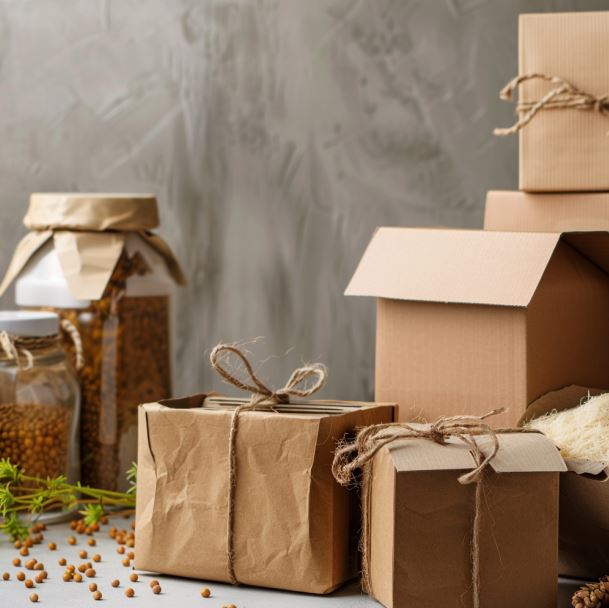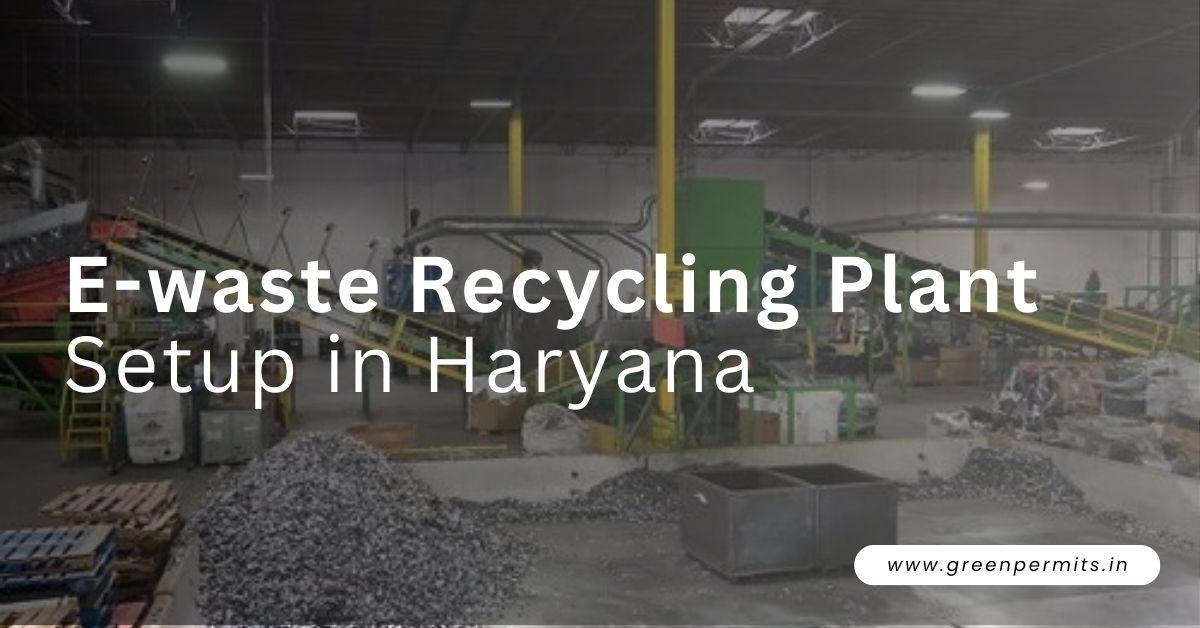Eco-friendly Packaging Design: Exploring Biodegradable Alternatives

As consumers become increasingly eco-conscious, packaging companies are under more pressure than ever to develop sustainable solutions. Plastic pollution has become a pressing global issue, and single-use plastics in particular have harmful effects on the environment. With this in mind, many brands and designers are exploring biodegradable packaging design as a more eco-friendly alternative.
Material Innovations in Sustainable Packaging
Several innovative materials have emerged that offer compelling biodegradable packaging design options. Materials like mushroom packaging and paper bottles show promise as plastic replacements. Mushroom packaging is a standout - it is grown from the roots of mushrooms through a molding process. As the article details, mushroom packaging has several advantages over plastic. It is fully biodegradable within 45 days, flame and water resistant, and has a long shelf life of up to 30 years when dry. Another exciting material is paper bottles. The Paboco paper bottle project uses renewable plant fibers and biodegradable coatings to create a paper bottle that maintains product quality. Both mushroom packaging and paper bottles demonstrate how natural, biobased materials can emulate plastic functionality in an eco-friendly way.

Agriculturally-Based Materials
Some innovative startups are utilizing agriculturally-based materials for sustainable packaging as well. E6PR creates six-pack rings entirely from compostable agricultural byproducts like fibers, seeds, and skins. Their rings avoid all plastics and synthetic elements. As the rings break down, they can fertilize new crop growth. Another option is TIPA sustainable packaging films - they use a proprietary blend of compostable polymers and some fossil-fuel polymers to achieve high performance properties while maintaining compostability. Both E6PR and TIPA showcase how agricultural waste streams can be diverted from landfills and given new purpose in biodegradable packaging design.
Home Compostable and Plant-Based Packaging Options
Several packaging innovations mentioned in the article offer the ability to be home composted as well. Mushroom packaging, PaperFoam, and Pack from Nature bags can all break down within a household compost system. This level of accessibility is important for truly closing the loop in sustainable packaging. It allows consumers to properly dispose of materials even without access to industrial composting facilities. Beyond compostability, some options like Notpla seaweed packaging and Paboco paper bottles utilize 100% plant-based materials that are both plastic-free and biodegradable. Overall, the highlighted innovations demonstrate how packaging can move towards being not just recyclable but actually dissolvable by natural processes through innovative biodegradable packaging design.
Advancing Sustainability in Packaging Design
As the conversations around plastic pollution and sustainability intensify, it is clear packaging will play a key role in addressing these challenges. The eco-friendly packaging alternatives featured offer compelling models for how the industry can transition away from non-renewable, non-biodegradable plastics. Through innovative material science and clever biomimicry, startups are creating packaging that performs like plastic but breaks down naturally. Both businesses and concerned consumers now have practical biodegradable options to consider. As technologies in this space continue to mature, sustainable packaging design will be crucial to building a truly circular economy and protecting environments worldwide.
With dedicated research and development, the possibilities for biodegradable packaging solutions are vast. Creative applications of natural, agriculturally-sourced inputs show how waste streams can fuel further innovation. If supported, these early-stage companies may help spark a wholesale shift towards more renewable, less polluting packaging. There is reason for cautious optimism - with collaborative effort, eco-friendly alternatives could eventually scale to replace ubiquitous single-use plastics while preserving product quality and closing nutrient cycles. Sustainability must remain a top priority, and advances in biodegradable packaging design will play an important supporting role.





